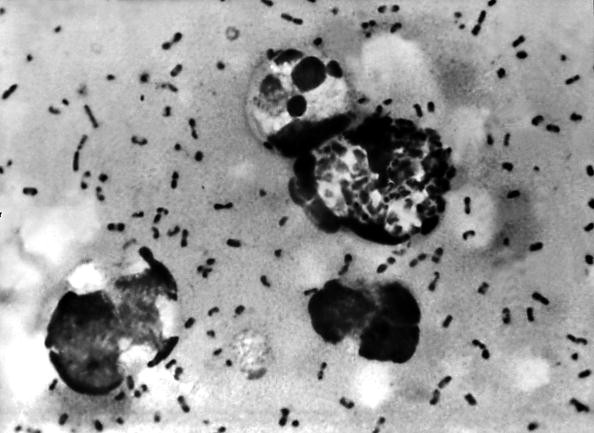
Plague may have been just a bad lung disease before the Middle Ages, when it evolved into something far worse. At that time it changed into the disease known as the bubonic plague or Black Death and wiped out more than one third of Europe in the 1300s.
But the evolution of Yersinia pestis only needed an additional gene and another tiny mutation in that gene to go from a serious infection to one of the deadliest pandemic in history. Those changes allowed the bacteria to be transmitted by flea bites and by coughing or sneezing. This finding shows that very small changes in the genome of a disease-causing bacterium or virus organism allow it to be transmitted in new and faster ways..
The type of Yersinia bacterium from which Y. pestis evolved is called Y. pseudotuberculosis and is still found in rodents in Europe, but only causes a mild intestinal disease in humans now.
Y. pestis usually infects the lymphatic system and causes lymph nodes to swell up hugely and turn black. These swellings are called boboes, which gives this version its name. If the lungs become infected, the disease becomes the highly contagious pneumonic plague that is spread by coughs. Several types of antibiotics are effective at treating plague.
The first epidemic of bubonic plague spread through the Byzantine Empire of Eastern Europe and the Middle East around 541 AD. It killed up to 50 million people over the next two hundred years. The epidemic known as the Black Death started in China and Asia and was spread by rats and fleas along trade routes to devastate Europe in the 1300s, with occasional outbreaks after that. The last large outbreak of plague occurred in the mid-1800s in China and India.
Plague is found in rodents and insects in the southwestern and western United States, with an average of 7 cases diagnosed in humans every year, according to the Centers for Disease Control and Prevention.
This research was published in the journal Nature Communications.

